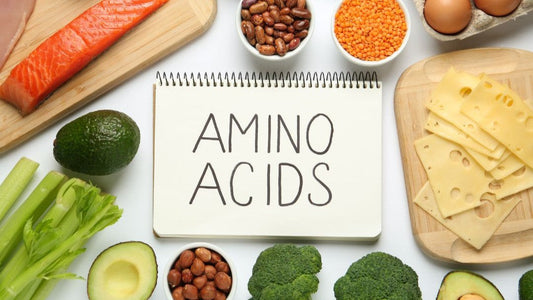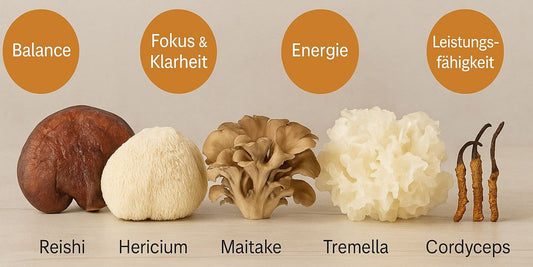They may not be as well known as other health indicators, but they play a significant role, especially when it comes to our cardiovascular health. Let's find out together what homocysteine levels are all about and how they can provide insights into our well-being.
Homocysteine is a molecule that is produced naturally in the human body when protein is broken down. It plays a role in metabolism and is normally present in small amounts. However, high levels of homocysteine in the blood can indicate potential health problems.
What does «homocysteine» mean?
The name "homocysteine" is derived from its chemical structure. Homocysteine is a non-proteinogenic amino acid that is formed from the amino acid methionine. The name is made up of various parts:
- "Homo" - This part of the name suggests that homocysteine is structurally related to the amino acid methionine. The term "homo" comes from the Greek and means "equal" or "similar".
- "Cysteine" - This part of the name refers to the fact that homocysteine is structurally related to the amino acid cysteine. The term "cysteine" also comes from Greek.
In summary, the name "homocysteine" describes that this amino acid has structural similarities to methionine and cysteine. Homocysteine plays a role in normal metabolism, but high levels in the blood can indicate potential health problems, particularly related to cardiovascular disease.
risk with high homocysteine levels
High homocysteine levels are associated with an increased risk of cardiovascular disease and can be influenced by several factors, including genetic predisposition, deficiencies of certain B vitamins (such as B6, B12 and folic acid), and lifestyle factors such as smoking and unhealthy diet.
Homocysteine levels and their relationship with deficiencies in certain B vitamins, such as B6, B12 and folic acid, are crucial to our health. These vitamins play a key role in the metabolic process that regulates homocysteine in our body.
A deficiency in these B vitamins can lead to an increase in homocysteine levels, which in turn can increase the risk of cardiovascular disease.
In particular, vitamin B6 is crucial for the breakdown of homocysteine, while vitamin B12 and folic acid are responsible for the conversion of homocysteine into less harmful substances.
An imbalance in these vitamins can lead to a buildup of homocysteine, known as hyperhomocysteinemia. This condition has been linked to an increased risk of vascular problems.
It is therefore important to ensure a balanced diet rich in these B vitamins. Foods such as meat, fish, eggs, legumes and green leafy vegetables can help meet the need for B6, B12 and folic acid. Regular medical examinations and blood tests can help to identify a possible deficiency early and take appropriate measures to normalize homocysteine levels and minimize cardiovascular risk.
It is important to note that homocysteine alone is not the cause of disease, but is considered a marker of increased risk. Doctors can perform blood tests to check homocysteine levels and, if necessary, take measures to normalize them.
A balanced diet rich in B vitamins can help keep homocysteine at healthy levels. It is advisable to have regular medical check-ups and make lifestyle changes to minimize the risk of cardiovascular disease.
That was our journey through homocysteine levels and what they mean for your body. Hopefully you were able to learn something new about these important health markers. Remember, behind the numbers on the lab report lies a piece of knowledge about your health. If you have any further questions or are unsure, don't hesitate to speak to a health professional.
Stay informed, stay healthy!




